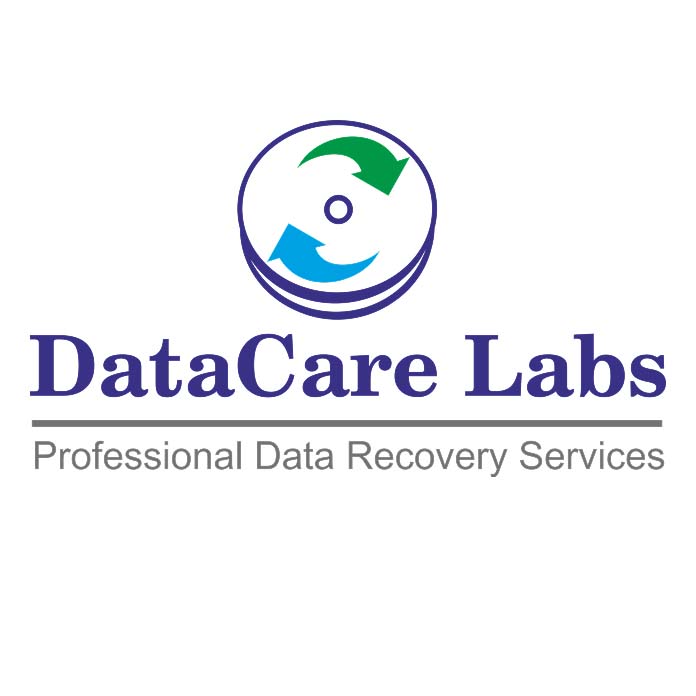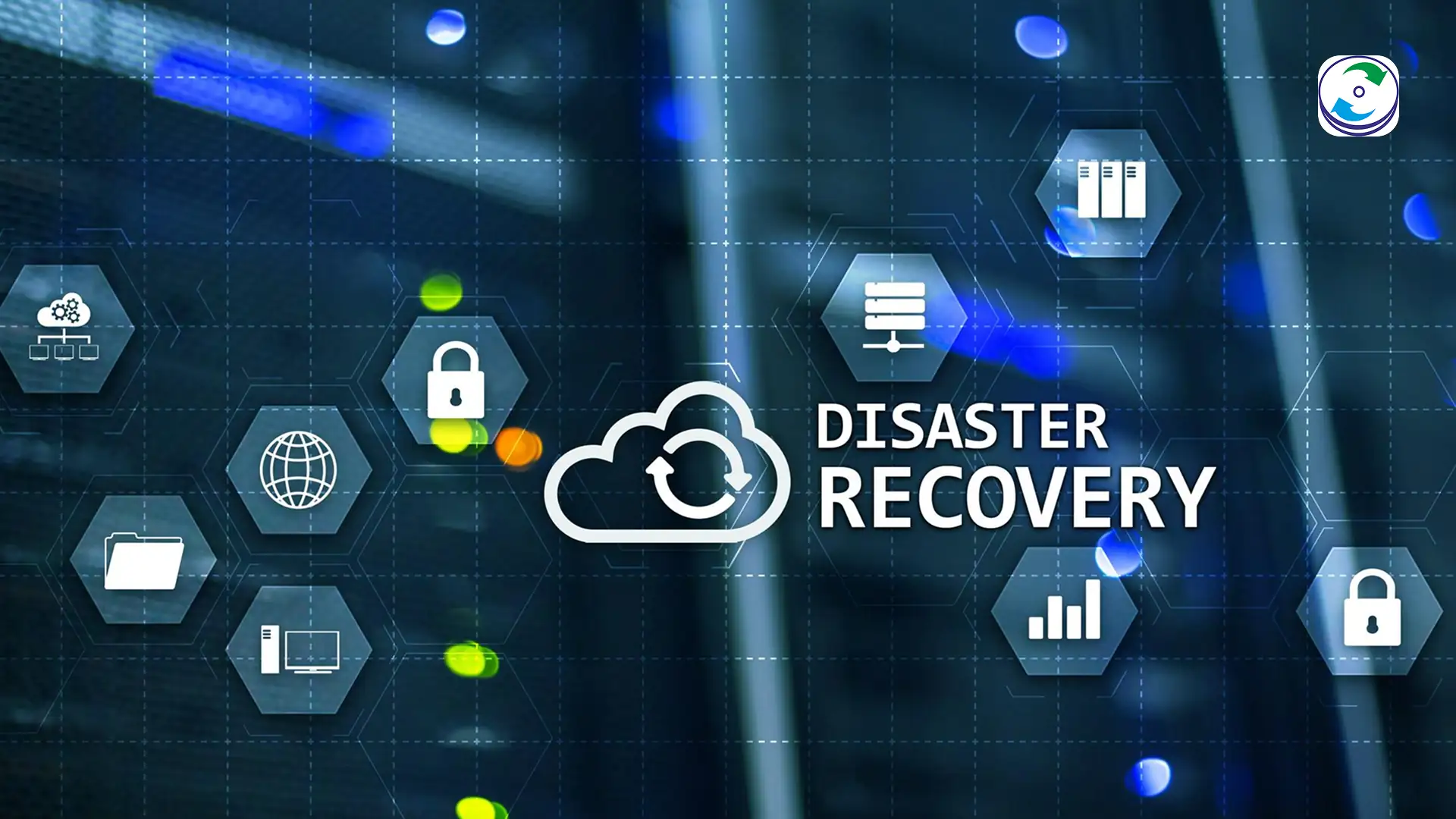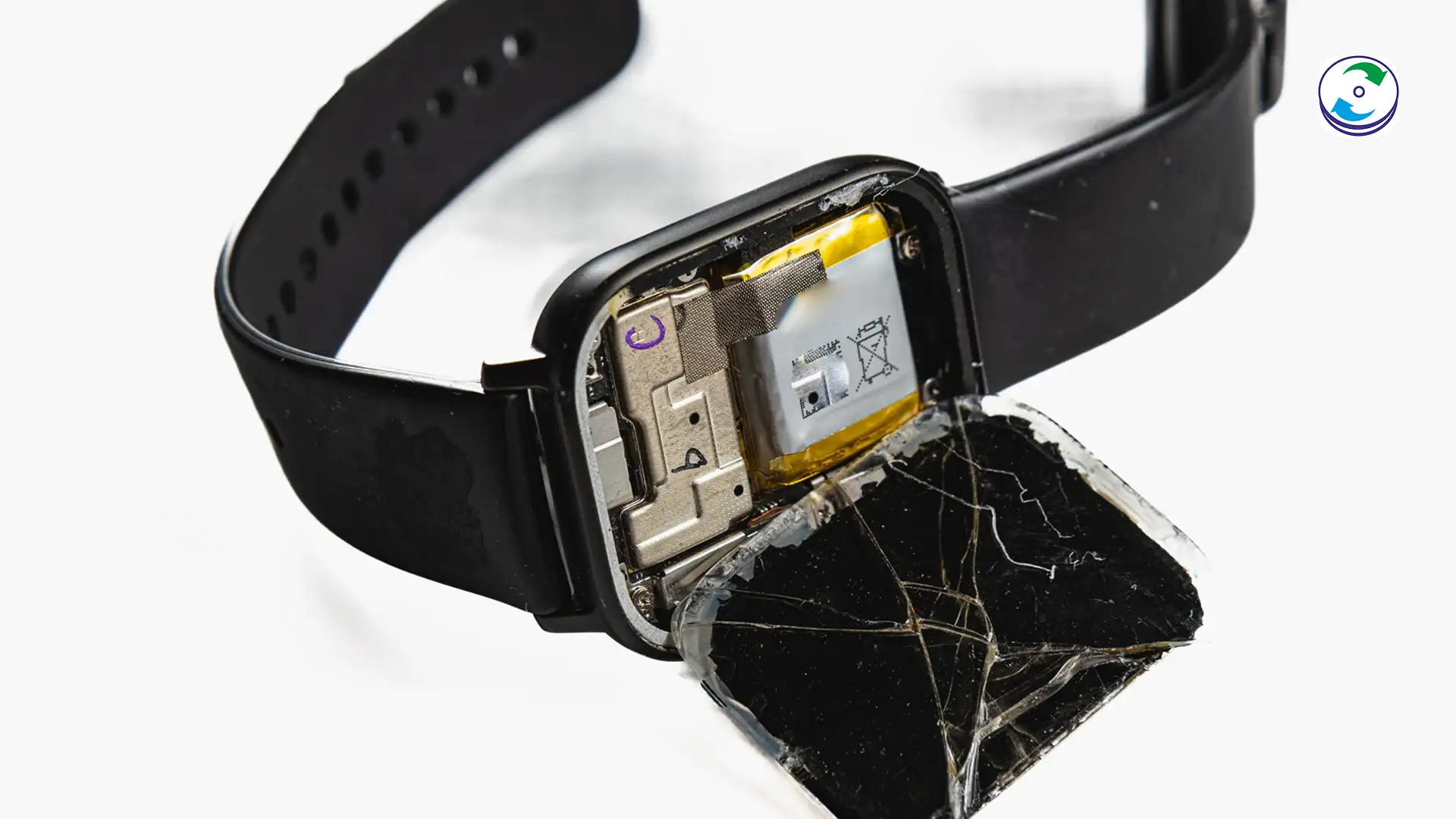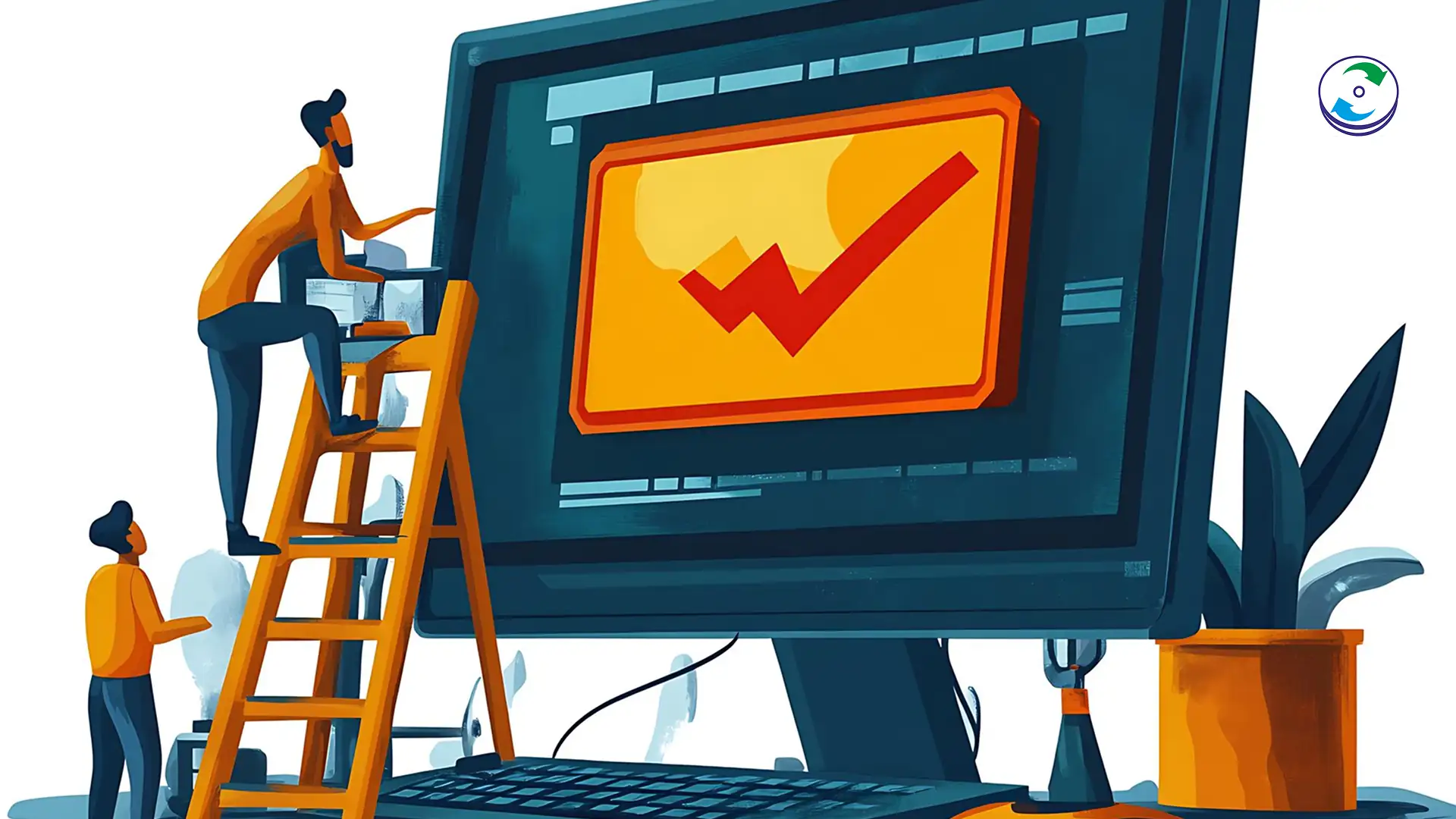The SaaS Data Loss Myth: Why Microsoft 365 and Salesforce Don’t Guarantee Your Recovery
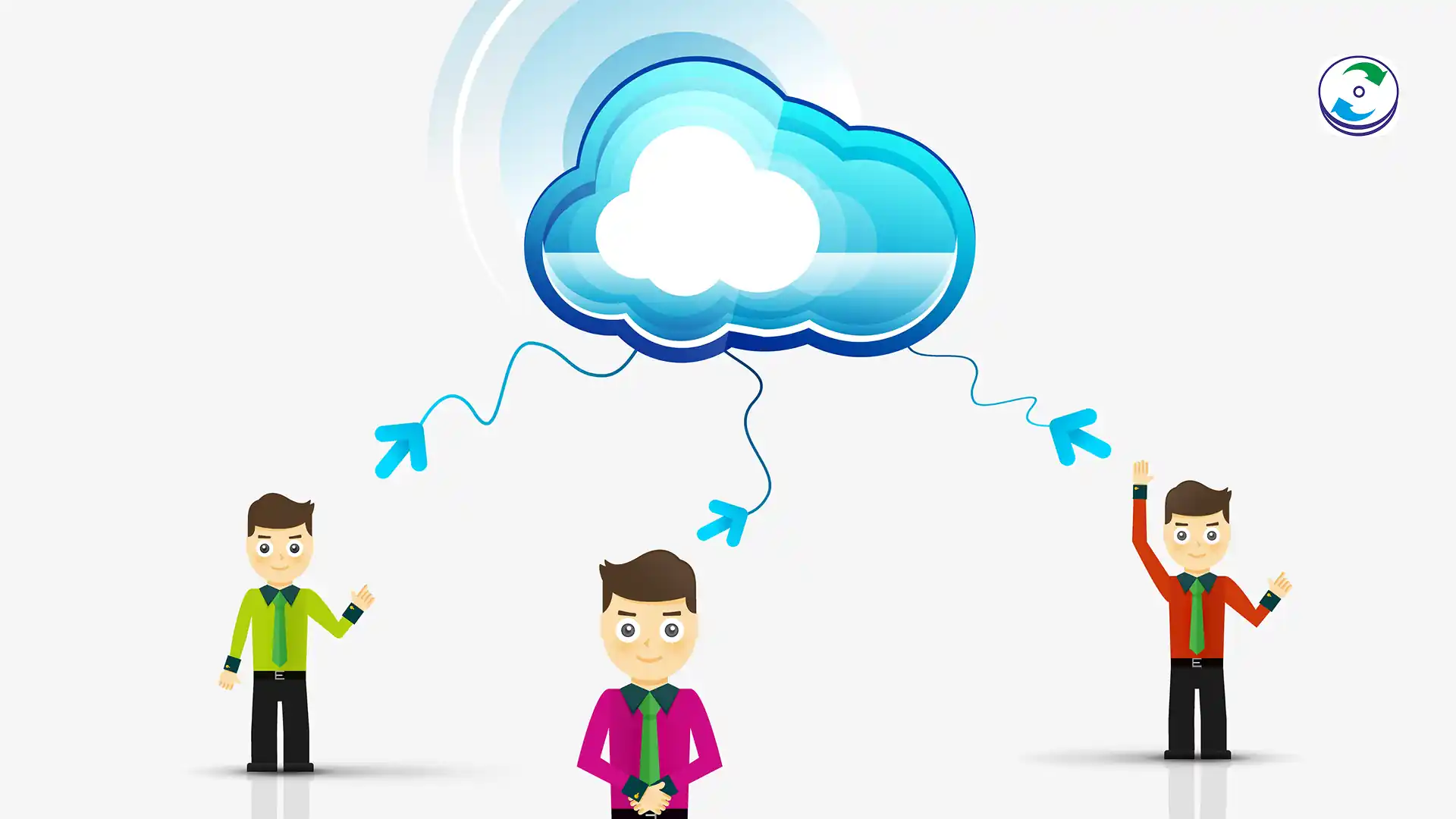
Introduction
The shift to Software as a Service (SaaS) platforms like Microsoft 365, SharePoint, and Salesforce has fundamentally changed how businesses operate. The common assumption is simple: “My data is in the cloud, so it’s backed up, secure, and immune to loss.”
This assumption is dangerously wrong.
While the giants of the cloud guarantee incredible infrastructure uptime and protection against catastrophic failures (like a power grid collapse), they do not guarantee the recoverability of your data from the most common, day-to-day threats. This critical blind spot is defined by the Shared Responsibility Model, and if you’re not aware of it, you’re operating without a safety net.
The Shared Responsibility Model: Understanding the Divide
Every major SaaS provider operates under a Shared Responsibility Model, clearly defining what the provider protects and what remains the customer’s liability. The confusion arises because the provider covers the big, rare risks, while the customer is responsible for the small, frequent, and costly risks.
In simple terms: Microsoft protects its house. You are responsible for the contents inside.
The Three Major Causes of SaaS Data Loss That Providers Don’t Cover
Your data is not “safe” from three critical scenarios that happen every day—and they are all on the customer side of the Shared Responsibility Model:
1. Accidental Deletion and Retention Gaps
This is the most common cause of loss. While Microsoft 365 offers limited, short-term “soft-delete” recovery (often around 30 to 93 days for different services), once that window expires, the data is permanently purged from their servers. If a user deletes a file and nobody notices for four months, that data is gone forever—and Microsoft is not obligated to restore it.
2. Internal and External Malicious Activity
A vengeful employee, a compromised account, or an insider threat can be catastrophic. An attacker doesn’t need to steal your data; they just need to delete, corrupt, or encrypt your SharePoint site or critical files and then purge the recycling bin. This is often done to destroy evidence or commit digital ransom. Since this is an authorized action taken within the system, the provider’s protection mechanisms are bypassed.
3. Sync, Overwrite, and Corruption Errors
If a faulty script, a botched migration, or an infected machine introduces corrupted files into your OneDrive or SharePoint, the system does its job perfectly: it syncs that corruption across all devices and versions. If the corruption is deep enough or noticed too late, the provider’s automated backup system will simply replicate the bad data, ensuring all available versions are equally broken.
Your Essential Supplement: Independent Data Recovery and Backup
Your SaaS provider is only performing operational backups necessary to roll back their servers in case of a hardware failure. They are not providing you with a full, independent, granular recovery system.
To truly secure your data, you need an independent, third-party solution that pulls the data outside the SaaS environment and stores it in a secure, separate location.
At DataCare Labs, we specialize in the complex recovery scenarios that arise when these systems fail. Our services are the final safety net for when retention windows expire or internal corruption has rendered your cloud data unusable:
-
Forensic Extraction: We can often utilize advanced techniques to pull data from sources deemed “permanently deleted” by the provider.
-
Corruption Repair: We specialize in repairing file systems and database corruption caused by sync errors or malicious overwrites.
-
Legal Data Recovery: We provide certified, verifiable data extraction for litigation or eDiscovery purposes that satisfy compliance requirements—a service your SaaS provider cannot offer.
Conclusion: Take Control of Your Critical Data
Migrating to the cloud is a smart business decision, but it is not a ticket to abdicate responsibility for your data. The Shared Responsibility Model is real, and it makes you, the customer, liable for the most common forms of data loss.
Don’t wait for the retention window to expire or for the malicious attack to occur. Take control of your critical data today. Contact DataCare Labs for a professional consultation on bridging your data protection gaps and ensuring that your cloud migration is truly secure.

